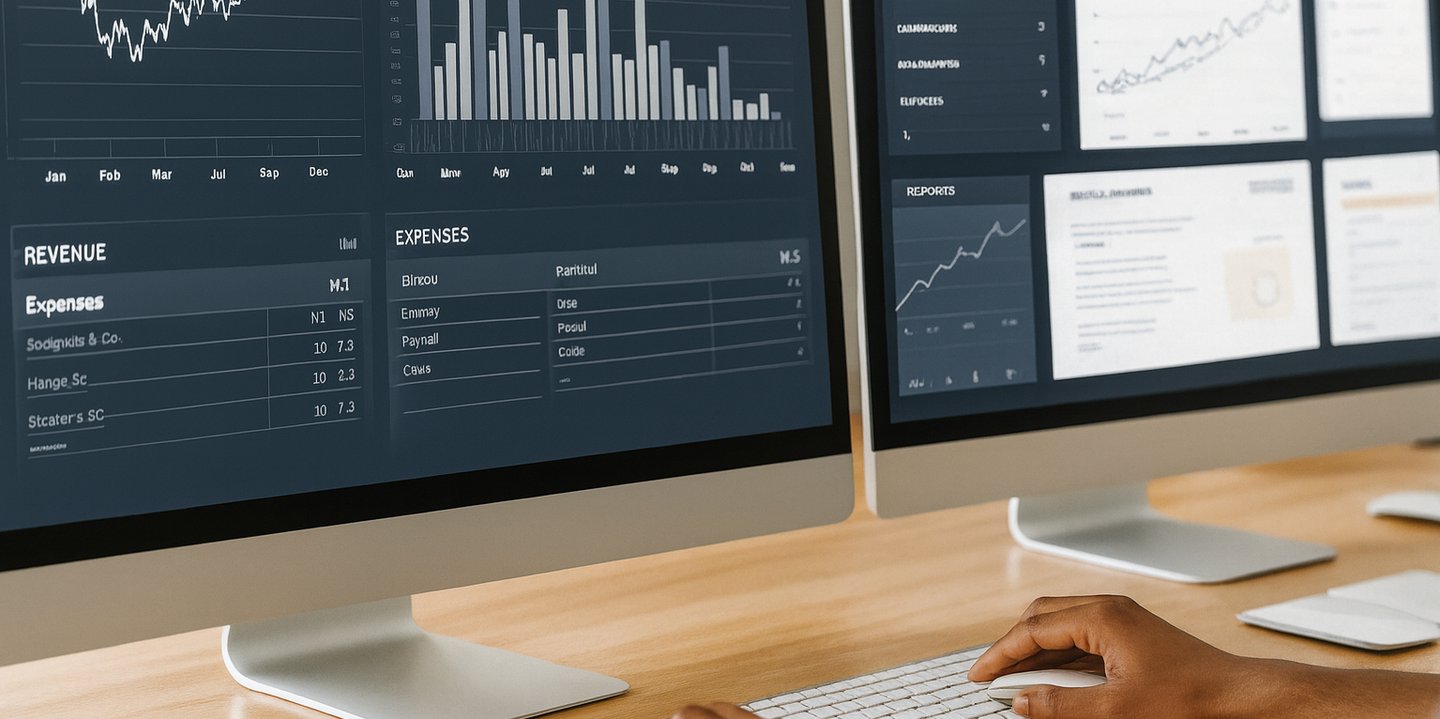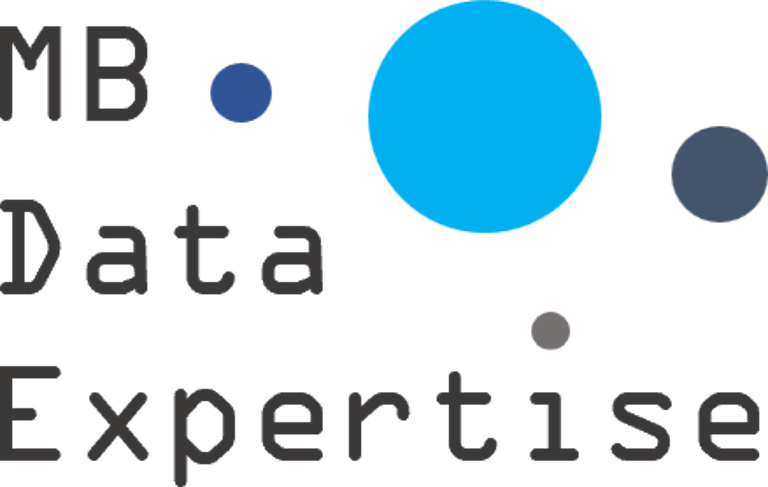Power BI


Data is one of the most valuable assets a business can have, but raw data alone does not create value. Companies need tools that can transform information into actionable insights. Power BI, Microsoft’s flagship business intelligence solution, has become one of the most powerful platforms for this purpose.
With its ability to connect to hundreds of data sources, clean and transform data, create sophisticated data models, and deliver interactive dashboards, Power BI helps organizations make better decisions faster. In this article, we will look at the main components of Power BI and explain how they work together to empower users at every level.
What Is Power BI?
Power BI is a business analytics platform developed by Microsoft. It is part of the Power Platform ecosystem and integrates seamlessly with other Microsoft services such as Excel, Azure, and Microsoft Fabric.
The platform is designed to support the entire analytics workflow, from data ingestion to visualization. Whether you are a business analyst building reports, a data engineer designing scalable data models, or an executive needing high-level dashboards, Power BI provides the tools to make it happen.
Core Functionalities of Power BI
Power Query
Power Query is the data preparation engine in Power BI. With its intuitive interface and query editor, users can connect to multiple data sources, combine them, and perform complex transformations without writing code. For advanced users, the M language allows precise customization.
Data Modeling with Tabular Models
At the heart of Power BI lies its tabular modeling engine. This in-memory architecture is designed for speed and scalability. Users can build relationships between tables, create hierarchies, and define measures, all of which allow for sophisticated analysis. The tabular model ensures that even large datasets can be analyzed with high performance.
DAX (Data Analysis Expressions)
DAX is the formula language of Power BI. It allows users to create calculated columns, measures, and KPIs that drive deeper insights. With DAX, analysts can write everything from simple aggregations to advanced time intelligence calculations. Mastery of DAX is key for unlocking the full analytical potential of Power BI.
TMDL (Tabular Model Definition Language)
TMDL is a new, open standard introduced to define and manage tabular models in a structured, text-based format. It allows for better governance, version control, and collaboration in enterprise environments. With TMDL, data models can be documented, shared, and maintained more efficiently.
Visualizations and Dashboards
Power BI provides a rich library of built-in visuals, as well as the ability to import custom visuals from the marketplace. Reports are fully interactive, allowing users to drill down into data and explore insights dynamically. Dashboards can be shared across teams and integrated into Microsoft Teams or mobile devices.
Power BI Service
The Power BI Service is the cloud platform where reports and dashboards are published, shared, and consumed. It enables collaboration, data refresh scheduling, and governance at scale. Business users can access up-to-date information securely, anytime and anywhere.
AI and Advanced Analytics
Power BI includes AI-powered features such as natural language queries (Q&A), forecasting, anomaly detection, and integration with Azure Machine Learning. These capabilities bring predictive and advanced analytics into the hands of business users.
Why Power BI Matters for Organizations
Power BI goes beyond simple dashboards. It provides a complete environment for modern analytics:
End-to-end workflow from data preparation to reporting
Flexibility to serve both self-service users and enterprise-scale deployments
Seamless integration with Microsoft Fabric, Azure, and the Power Platform
Governance and security with role-based access, compliance features, and centralized management
For organizations, this means faster insights, stronger collaboration, and a culture where data is truly at the center of decision-making.
Conclusion
Power BI is much more than a reporting tool. With its combination of Power Query for data preparation, tabular models for structured analysis, DAX for advanced calculations, TMDL for enterprise model management, and seamless integration with the cloud-based Power BI Service, it offers a full analytics ecosystem.
As part of Microsoft’s broader vision for unified data and analytics, Power BI empowers organizations to transform raw data into actionable insights that drive growth and efficiency.

Contact Us
Get in touch to transform your data into business value.
MB Data Expertise
Transforming data into actionable
business intelligence solutions.
© 2025. All rights reserved.
Axel Berron

